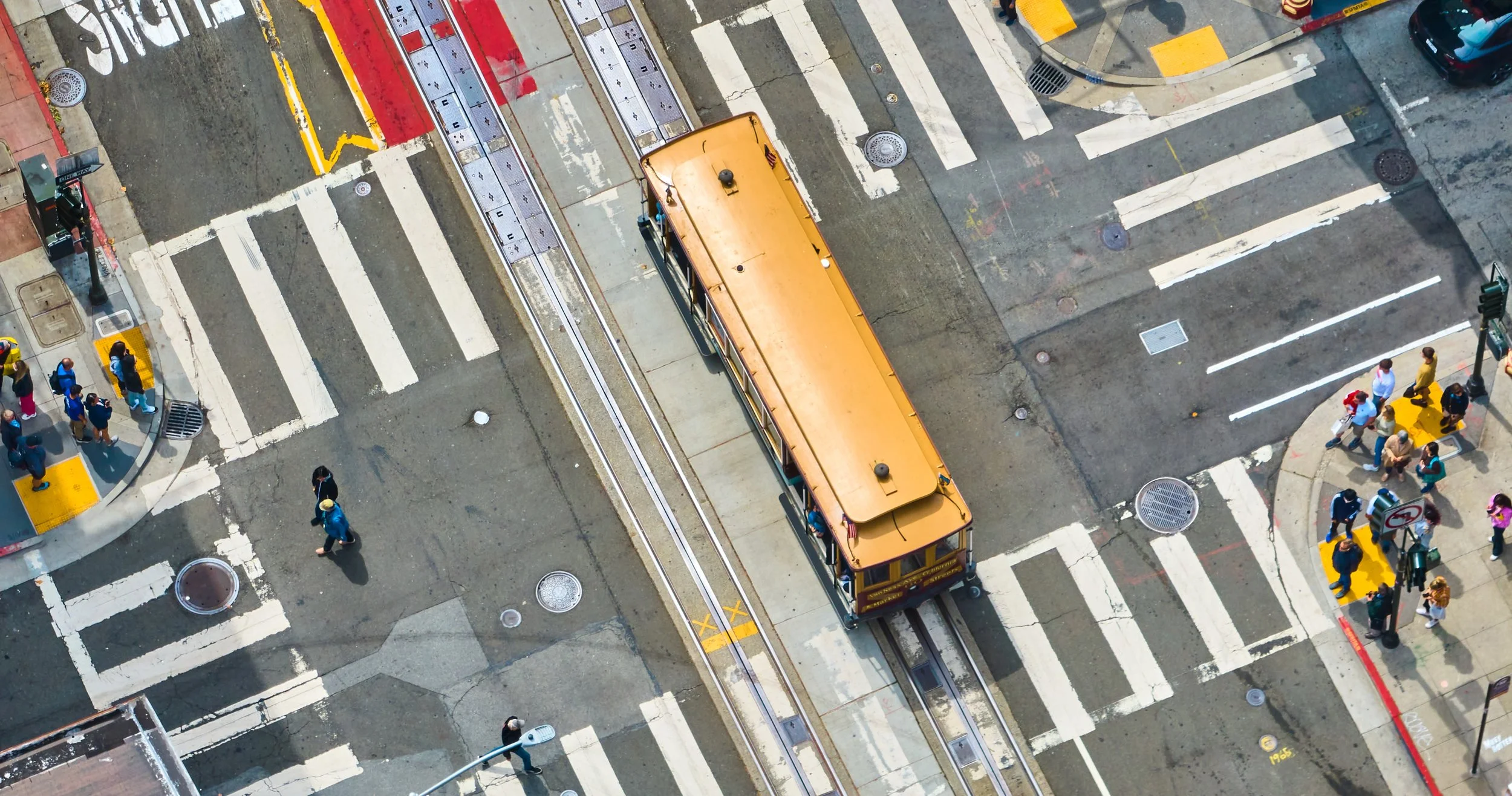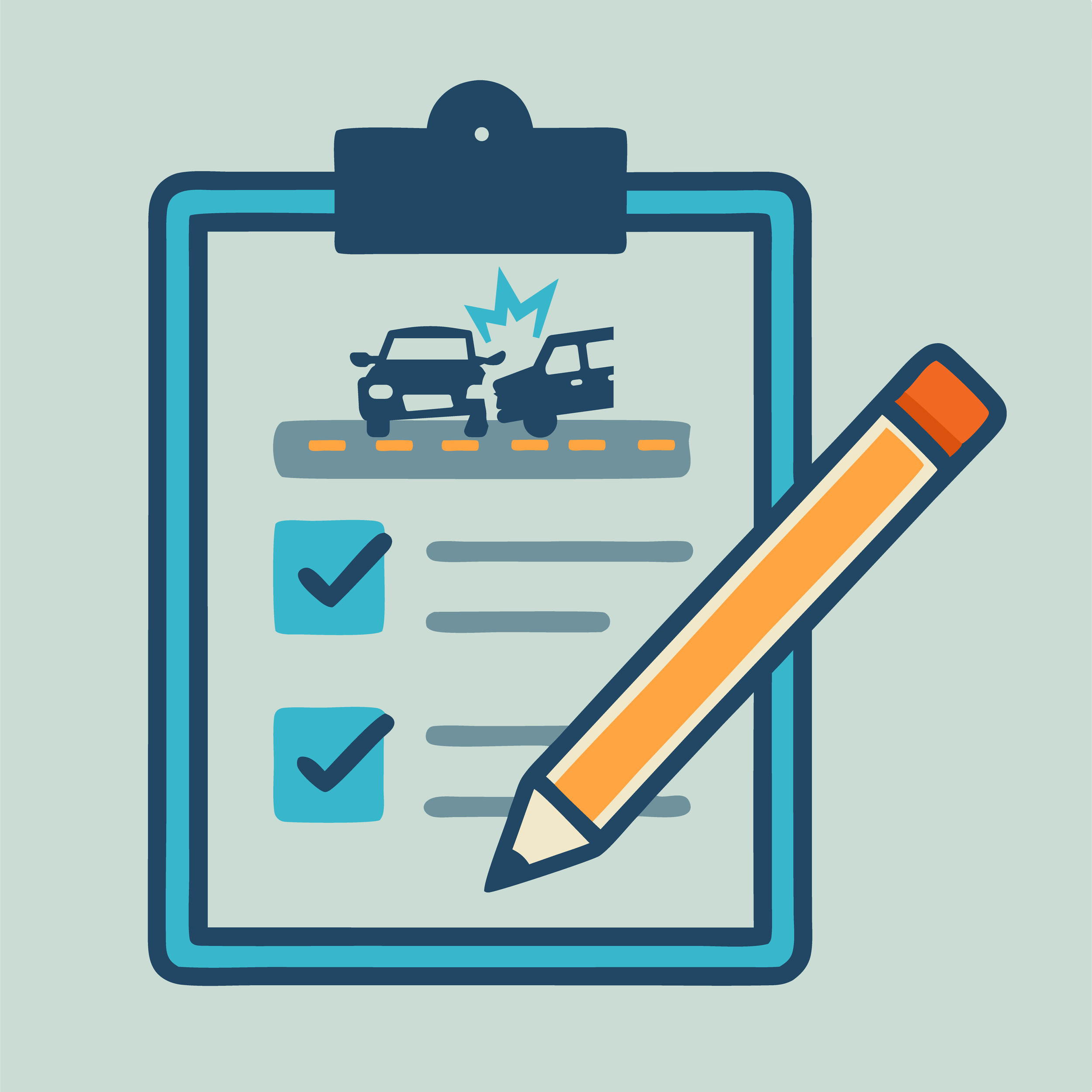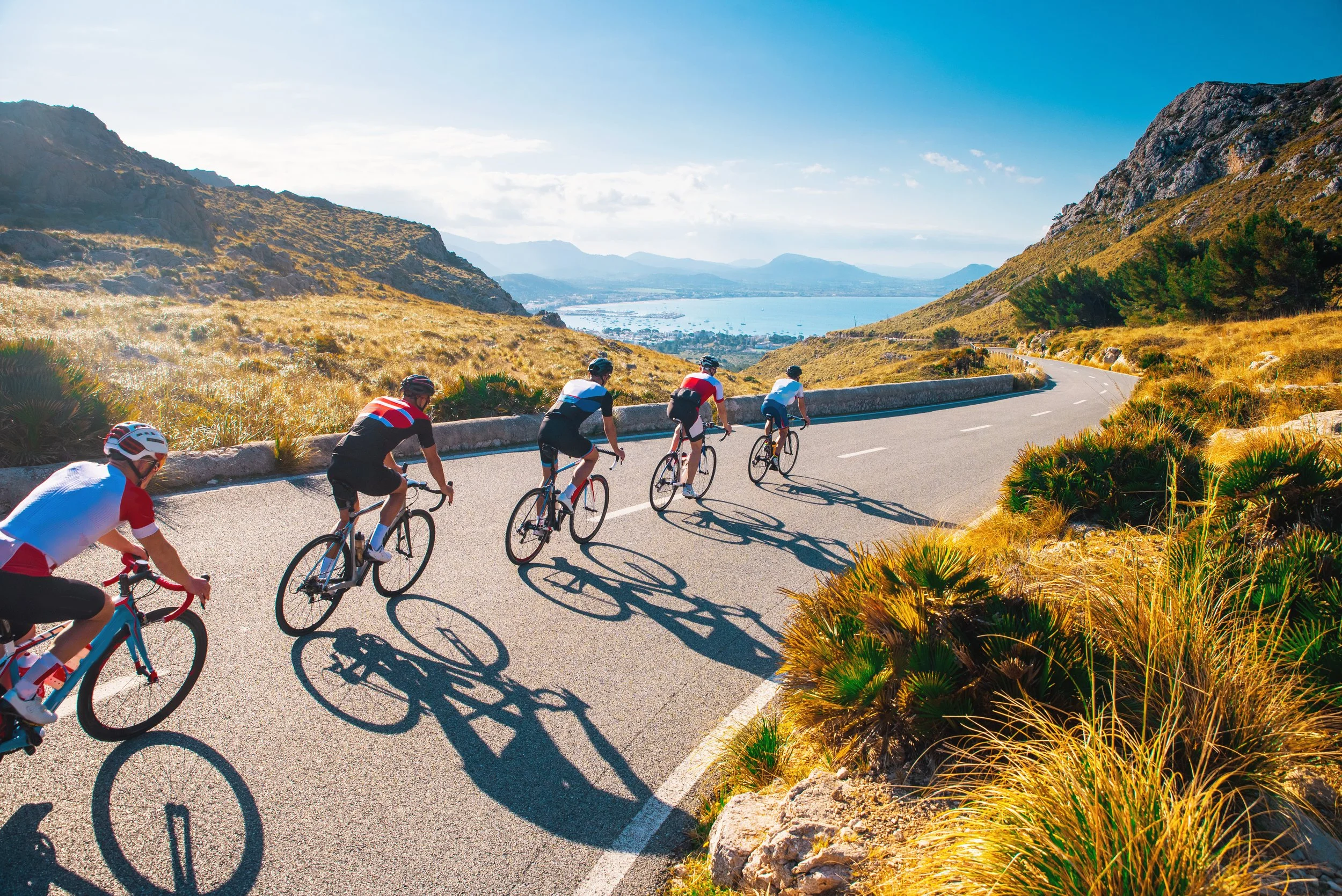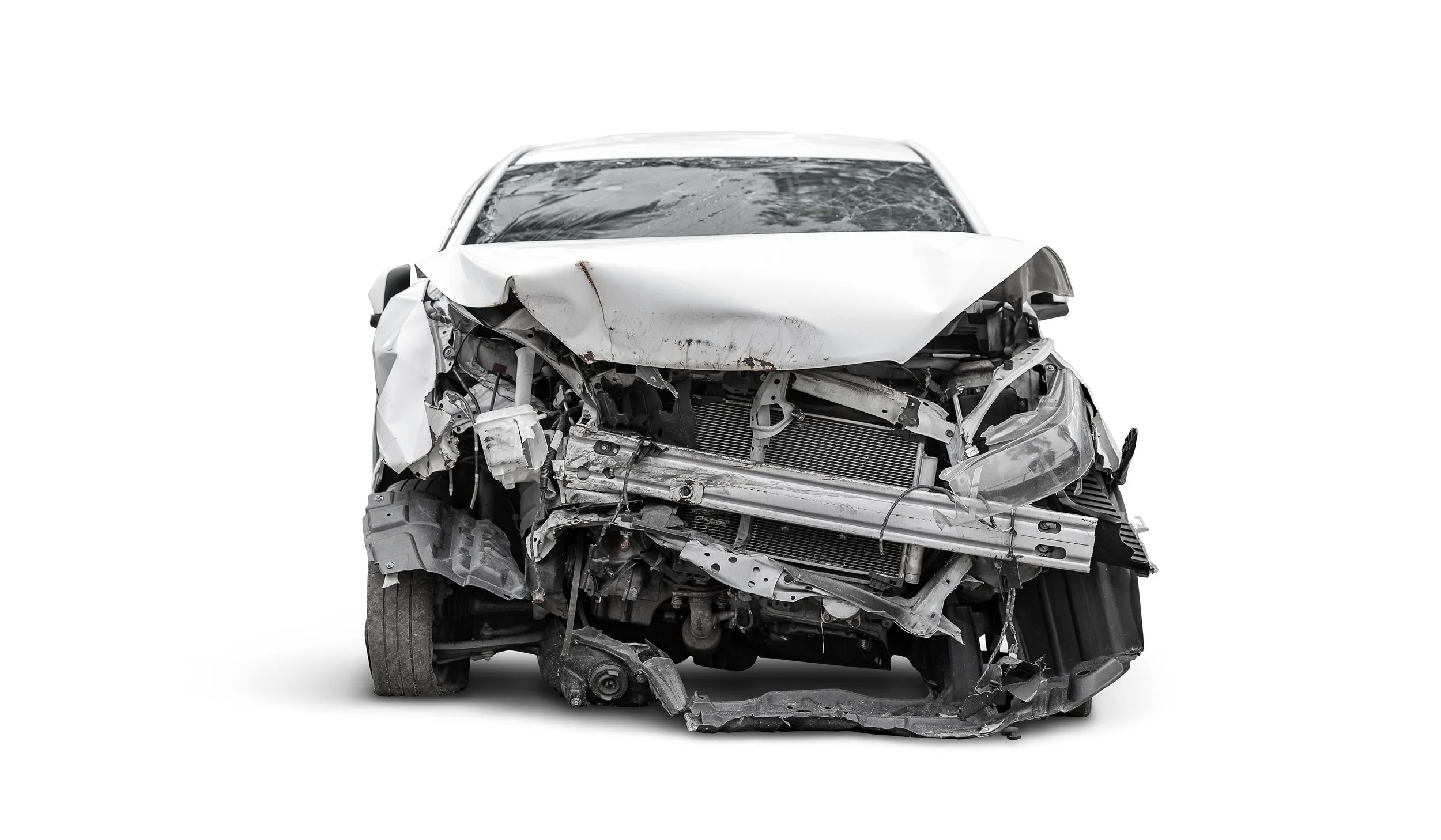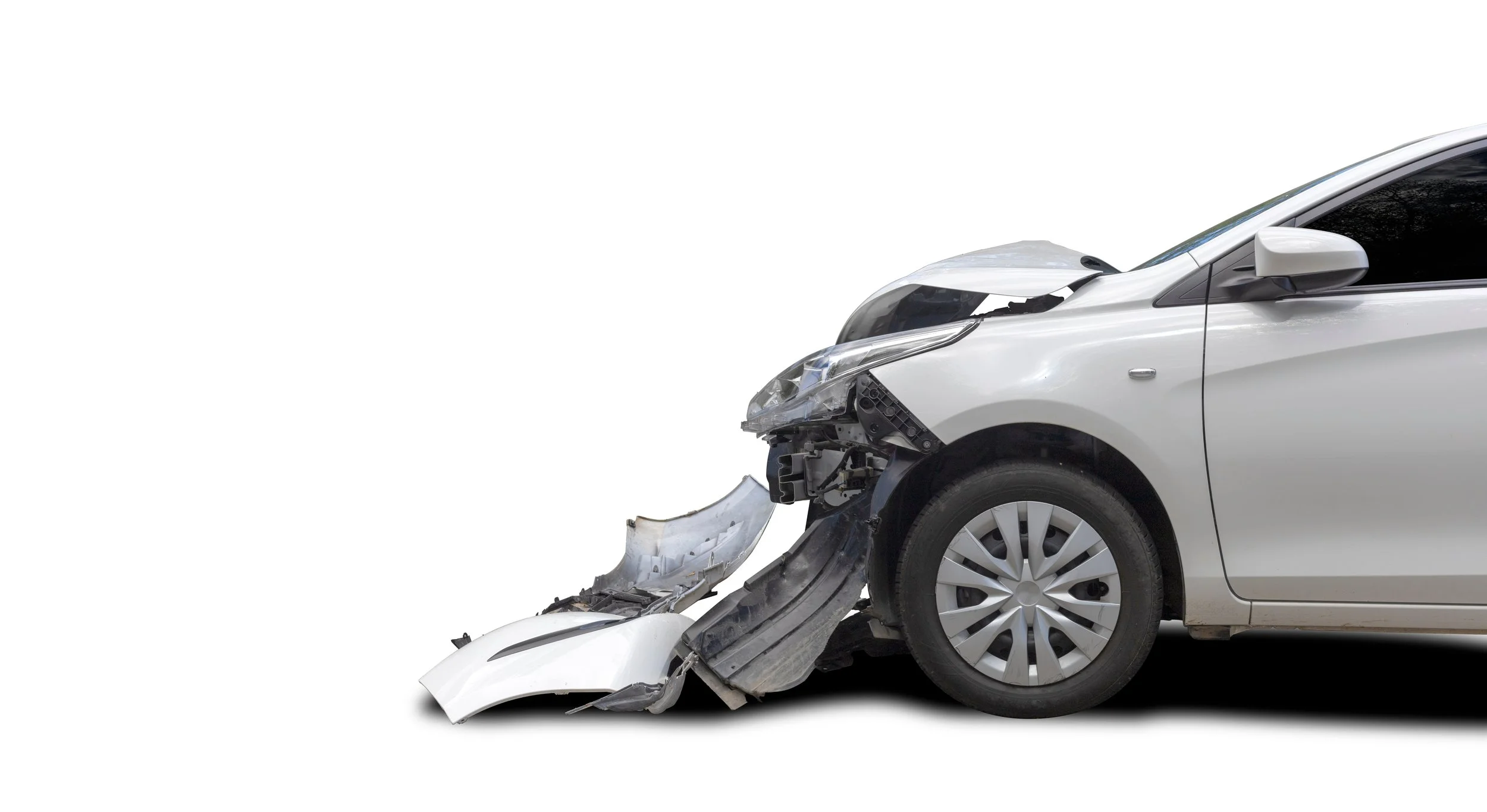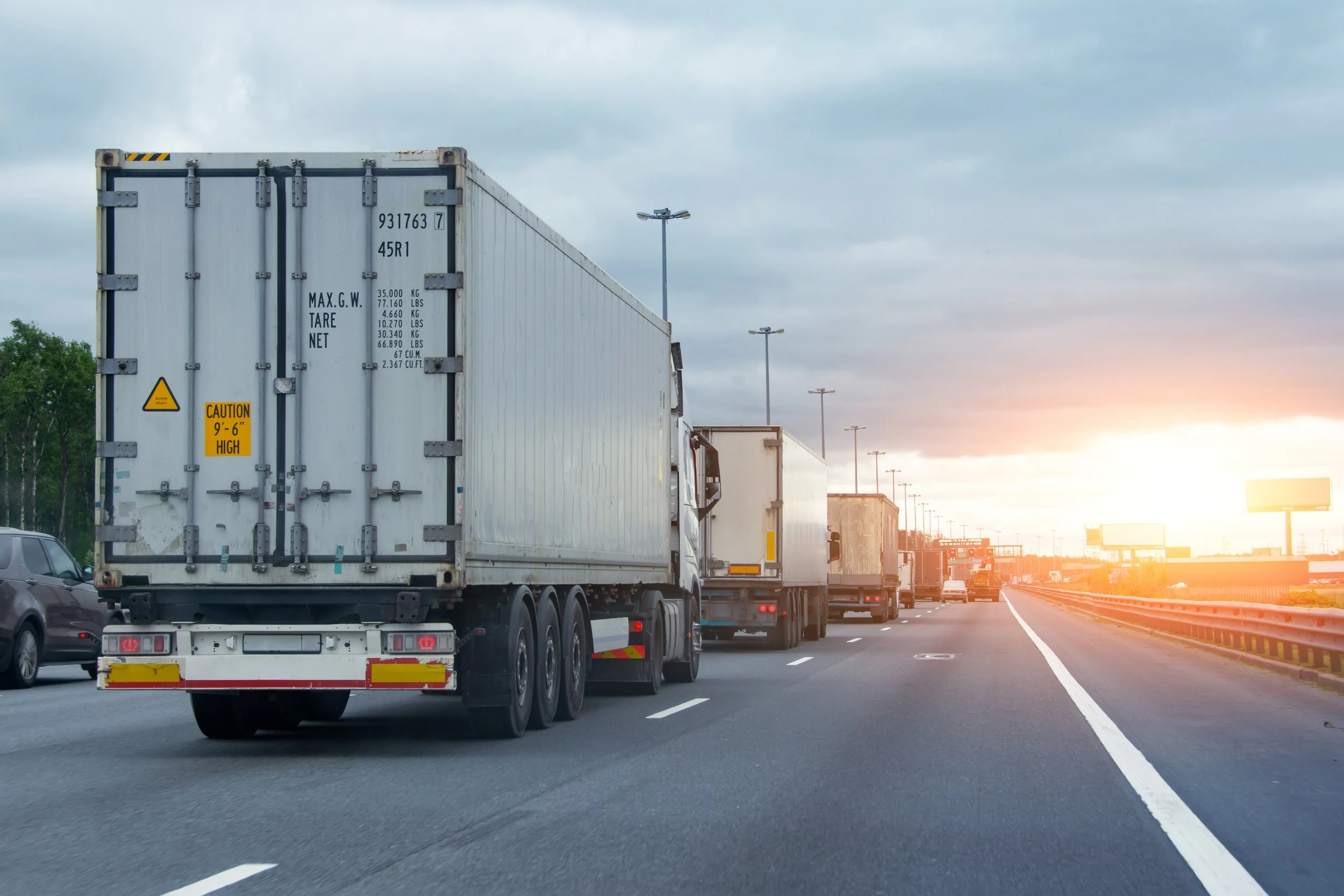Pedestrian Right-of-Way: Navigating San Francisco's Dangerous Intersections
Published: September 9, 2025. Estimated Read Time: 4 minutes
This article is part of our ongoing series for Auto Accident Awareness Month. So far, we’ve been covering topics ranging from California’s comparative fault system, to when you need a lawyer after an accident, to a look at the most dangerous California counties for drivers and road-users, and a deep dive on who decides whether an injury accident is considered “Serious.”
While you’re here, make sure to grab our guide: The Post-Accident Checklist, designed to give you peace of mind should you find yourself in a fender-bender.
San Francisco is a world-class city for walking, with its iconic hills, vibrant neighborhoods, and compact layout. Yet, beneath its picturesque surface lies a grim reality: San Francisco County has one of the highest rates of pedestrian fatalities in California. While Los Angeles often makes headlines for its dangerous driving roads, San Francisco's unique layout creates a perfect storm of risks for those on foot.
https://www.sfexaminer.com/marketplace/why-san-franciscos-streets-remain-among-the-deadliest-for-pedestrians-in-california/article_c10cd27b-7380-46d6-b3af-81a957e26f1a.htmlA Sobering Trend
Unfortunately, pedestrian fatalities have been trending upwards for at least the last decade—during a time that other road-related deaths are going down. Drunk driving accidents? Decreasing. Teen driver fatalities? Decreasing.
In 2024, San Francisco installed 33 speed cameras with the intention of slowing drivers down. A study from the AAA Foundation for Traffic Safety found a vehicle going 42 mph is five times more likely to kill a pedestrian it hits than if it were going 25 mph.
https://abc7news.com/post/pedestrian-deaths-california-fatalities-accident-data-traffic-cameras/14357193/San Francisco's Pedestrian Safety Crisis: By the Numbers
The data paints a clear and concerning picture:
A Statewide Leader in Fatalities: San Francisco County is third in California's list for pedestrian fatalities, accounting for a significant portion of the state's total.
A Concentrated Problem: A staggering 60% of severe and fatal pedestrian injuries occur on just 6% of San Francisco's streets. This identifies specific, high-risk corridors rather than a city-wide problem.
A Rising Trend: Despite the city's adoption of the Vision Zero policy in 2014, which aimed to eliminate traffic fatalities by 2024, the year 2024 was one of the most dangerous on record, with 41 people killed in traffic collisions.
San Francisco's Most Dangerous Intersections
Based on data from the SFPD and traffic safety analyses, these intersections have consistently ranked among the most hazardous for pedestrians:
Market St & Octavia St
Key Dangers: High-speed merge from Highway 101, complex turning movements
Notes: A known "mini-highway" with a high volume of injury crashes
Gough St & Market St
Key Dangers: High-speed one-way corridors meeting pedestrian density
Notes: Topped the list with 48 injury crashes from 2017-2022
13th St, Duboce Ave, Mission & Otis St
Key Dangers: Complex, multi-street convergence with high traffic volume
Notes: Noted for 43 injury crashes in a recent SFPD enforcement list
5th St & Market St
Key Dangers: Heavy tourist foot traffic, busy bus routes, turning vehicles
Notes: A downtown hub with 19 pedestrians injured from 2017-2022
Eddy St & Taylor St / Eddy St & Larkin St
Key Dangers: Part of the Tenderloin's high-injury network
Notes: These adjacent intersections are both on SFPD's high-priority list for enforcement
The Law: Pedestrian Right-of-Way in California
California law is designed to protect pedestrians, but it's not an absolute shield.
Marked Crosswalks: Pedestrians have the right-of-way in any marked or unmarked crosswalk at an intersection. Drivers must yield and stop to allow pedestrians to cross.
Unmarked Crosswalks: Every intersection is considered a legal crosswalk, whether it is marked with paint or not. The same right-of-way rules apply.
Traffic Signals: Pedestrians must obey "WALK" and "DON'T WALK" signals. Crossing against a signal is a violation, though it does not automatically negate a driver's duty of care.
What Happens When Everyone is Partially at Fault?
This is where California's Pure Comparative Negligence law comes into play. Imagine a scenario where a pedestrian is jaywalking across a dark street at night, not in a crosswalk. A driver who is speeding fails to see them and hits them.
The Law's View: The court may find the pedestrian 30% at fault for jaywalking and being in the road illegally. The driver may be found 70% at fault for speeding, which is a primary factor in the severity of crashes 1.
The Outcome: If the pedestrian's total damages are $100,000, their recovery would be reduced by their percentage of fault. They would be entitled to $70,000 10.
This rule underscores a critical point: even if you believe you made a mistake as a pedestrian, you may still be entitled to significant compensation. The driver's duty to operate their vehicle safely is a powerful legal principle.
Why Are These Intersections So Dangerous? The One-Way Street Problem
A key factor in San Francisco's pedestrian danger is its extensive network of one-way streets. Originally designed post-World War II to funnel cars downtown quickly, these streets are now outdated and inherently dangerous 1.
Built for Speed: Wide lanes and long blocks on one-way streets encourage drivers to accelerate and "catch the light," turning corridors into timed racetracks.
The Left-Turn Hazard: Left turns off one-way streets are particularly deadly. They are executed at wider angles and higher speeds than right turns (an average of 9.3 MPH vs. 5.6 MPH), creating larger blind spots where the vehicle's A-pillar can completely obscure a pedestrian in the crosswalk.
More Turning Movements: One-way systems generate 120% to 160% more turning movements than two-way grids, dramatically increasing the number of potential conflict points between cars and pedestrians
Safety Tips for San Francisco Pedestrians
Beyond the standard advice, here are SF-specific tips:
Assume You Are Invisible, especially when crossing in front of a vehicle making a left turn. Make eye contact with the driver before stepping off the curb.
Be Extra Cautious on "Mini-Highways": Treat streets like Geary, Van Ness, Gough, and Franklin as if they are freeways. Cross quickly and only with the signal.
Increase Night Visibility: A huge percentage of pedestrian fatalities occur at night. Wear light or reflective clothing and use your phone's flashlight in poorly lit areas.
Avoid the "Double Threat": When crossing multiple lanes, ensure cars in all lanes have stopped. A driver in one lane may stop and block your view of a car still moving in the next lane.
Your Advocates, All Year Round
If the unthinkable happens and you or a loved one is involved in a pedestrian accident in the Bay Area, remember the top three priorities: seek medical care, document everything, and get legal representation. An experienced pedestrian accident attorney can investigate whether dangerous road design or other factors contributed to the crash.
Sincerely,
The Team at Caldwell Law Firm
Michael Train Caldwell was born and raised in the San Francisco Bay Area, and resides in Marin County with his two children. The son of renowned San Francisco trial attorney, Edwin Train Caldwell, Michael comes from a family of litigators, and has been representing individuals facing injury and discrimination for over 20 years.
John Holman is an attorney with 23 years of litigation experience in both defense and plaintiff side litigation. John is admitted in the State of California and United States District Court for the Northern District of California. He is a graduate of UCLA in political science and earned is JD at Golden Gate University.
Before you go, check out some free resources we put together for you, and don’t forget to subscribe!
Legal Resources
Caldwell Law Firm’s free guide for drivers in California.
Confusing legal jargon? Nobody has time for that. We’ve grouped terms roughly by topic to help you quickly find the ones that pertain to your claim.
Areas Of Practice
More info about our firm’s areas of practice relevant to California roads:
Recent Auto Accident Articles
Get In Touch
Call us at (415) 453-8339 or fill out our email form:

